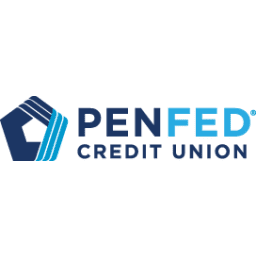First Tech offers the best personal loans overall. PenFed is the best lender for debt consolidation. Happy Money is excellent for borrowers with low credit scores, while Truist and Rocket Loans are great options for low interest rates and quick funding, respectively.
MoneyGeek compared lenders based on interest rates, loan terms, application process and customer service to recommend the best personal loans for various needs and circumstances.










